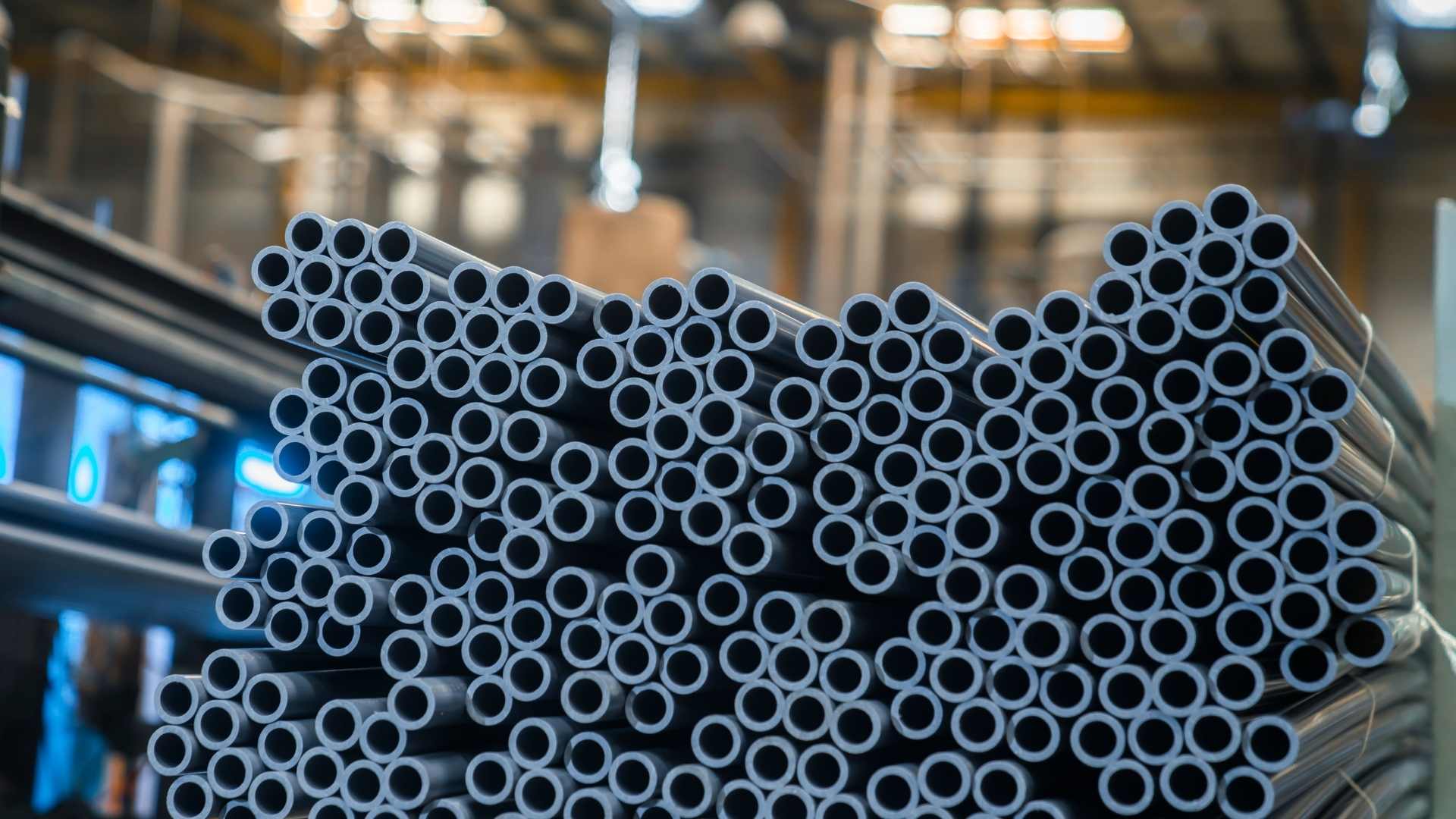The Importance of Wind Power in Today’s Energy Landscape
The Importance of Wind Power in Today’s Energy Landscape
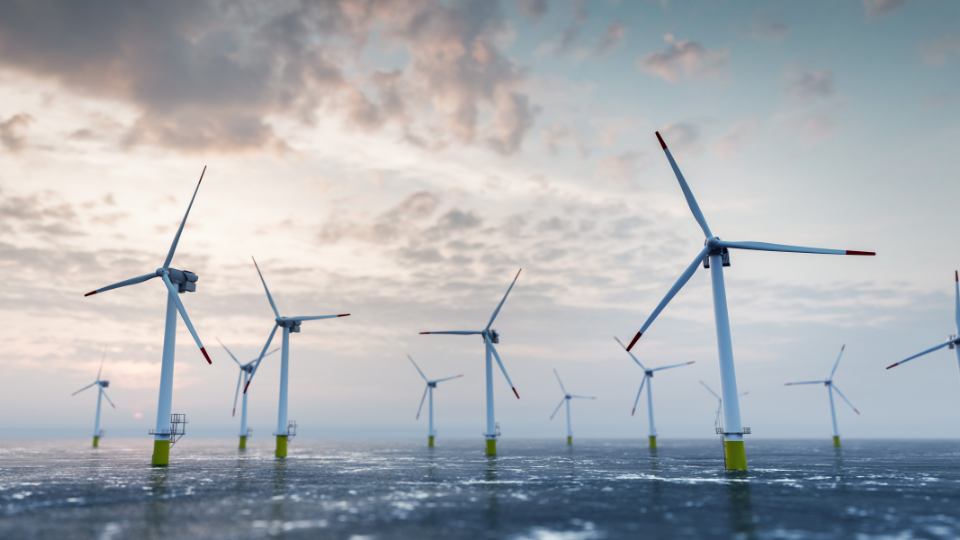
As the world continues to confront the growing challenges of climate change, pollution, and the depletion of natural resources, the search for sustainable energy alternatives has become more urgent. Wind power stands out as a key solution, offering clean, renewable energy that can help reduce reliance on fossil fuels and create a more sustainable future. This article explores the many reasons why wind power is important today and how it will shape the future of global energy.
1. Environmental Benefits: A Cleaner Planet
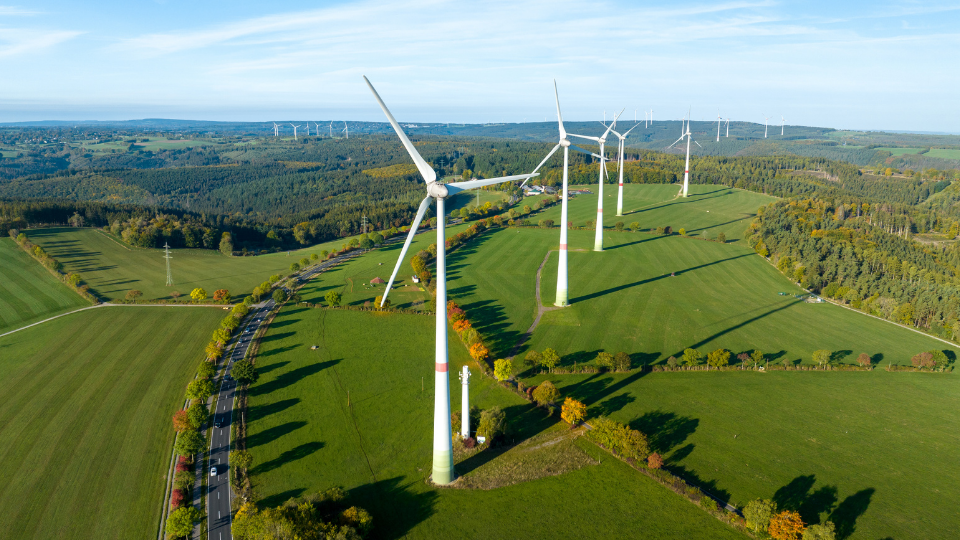
Wind power’s most compelling advantage is its ability to generate electricity without harmful emissions. Unlike traditional fossil fuels such as coal, oil, and natural gas, wind energy does not produce carbon dioxide (CO2), sulfur dioxide (SO2), or nitrogen oxides (NOx), which are major contributors to global warming, air pollution, and acid rain.
The burning of fossil fuels in power plants releases vast amounts of CO2 into the atmosphere, significantly contributing to the greenhouse effect. This leads to climate change, which causes more frequent extreme weather events, rising sea levels, and disruptions to ecosystems. Wind power, however, generates energy by simply harnessing the natural movement of air. It does not involve combustion, meaning no harmful byproducts are released into the atmosphere.
In addition to mitigating climate change, the reduction of air pollution by transitioning to wind energy has direct public health benefits. Air pollutants from fossil fuels are linked to respiratory diseases, cardiovascular problems, and premature death. The adoption of wind power helps reduce these health risks, leading to cleaner air and healthier populations.
2. A Truly Renewable and Abundant Resource
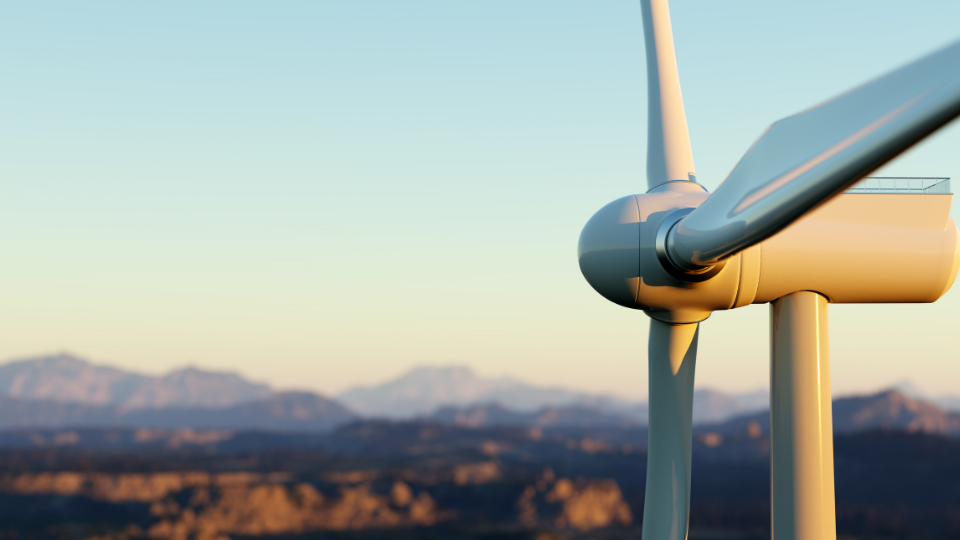
Wind energy is renewable, meaning it is naturally replenished and cannot be depleted. The wind is produced by the uneven heating of the Earth’s surface by the sun, combined with the planet’s rotation. As long as the sun shines and the Earth rotates, wind will continue to blow, making wind energy an inexhaustible resource.
This renewable nature sets wind power apart from fossil fuels, which are finite and will eventually run out. Fossil fuels take millions of years to form, and the rate at which they are being consumed far outpaces the rate at which they can naturally replenish. With wind energy, there is no concern about supply shortages or price volatility due to resource depletion, as is often the case with oil and natural gas.
The global wind resource is vast and largely untapped. According to estimates from the International Energy Agency (IEA), wind energy has the potential to meet more than 40 times the current global electricity demand. By investing in wind power, nations can harness a limitless source of energy that is widely available across the world.
3. Cost-Effective and Economically Viable
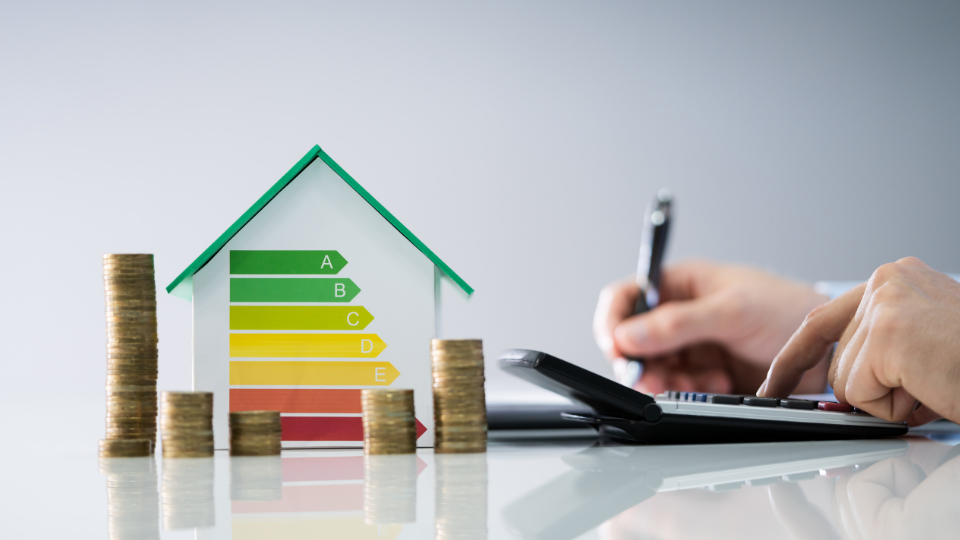
While the initial setup of wind farms requires a significant capital investment, the long-term economic benefits are considerable. Once wind turbines are installed, the cost of operating them is minimal because wind is free. In contrast, fossil fuel-based power plants require continuous fuel input, which can fluctuate in price based on market conditions and geopolitical tensions.
Over the past few decades, technological advancements in wind turbine design and manufacturing have driven down the cost of wind energy, making it one of the most cost-effective renewable energy sources available. As of 2023, the cost of generating electricity from wind is comparable to, or even lower than, coal and natural gas in many parts of the world. In some regions, particularly those with abundant wind resources, wind energy is now the cheapest form of new electricity generation.
This reduction in costs has encouraged widespread adoption of wind energy. According to the Global Wind Energy Council (GWEC), the global installed capacity for wind power reached 837 GW by the end of 2022, with a growing number of countries integrating wind energy into their national grids.
4. Job Creation and Economic Benefits

Wind power contributes significantly to job creation and economic growth. The wind energy industry provides employment opportunities across various sectors, including manufacturing, construction, operation, and maintenance of wind turbines. In 2022 alone, the global wind industry supported over 1.2 million jobs, according to GWEC.
Many of these jobs are created in rural areas, where wind farms are typically located. This provides a vital source of income for communities that may otherwise struggle with limited economic opportunities. Landowners who lease their land for wind turbines also benefit from steady income, creating new revenue streams that can support local economies.
Additionally, wind energy projects generate tax revenue for local governments, which can be used to improve infrastructure, schools, and public services. The economic benefits of wind power are not confined to the countries that install wind turbines; they extend to the global supply chain, supporting businesses that manufacture turbine components and develop related technologies.
5. Energy Security and Independence
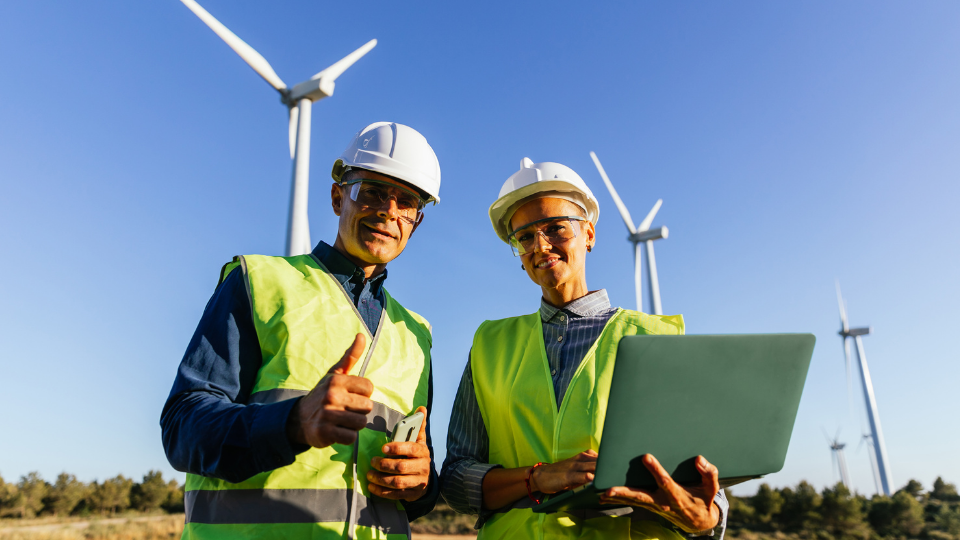
Wind power enhances energy security by reducing dependence on imported fossil fuels. Many countries, particularly those with limited domestic energy resources, rely heavily on imports of oil, coal, and natural gas to meet their energy needs. This reliance makes them vulnerable to fluctuations in global fuel prices and potential supply disruptions caused by political instability or natural disasters.
By investing in wind power, countries can produce their own electricity, reducing their reliance on foreign energy sources and enhancing their energy independence. This not only strengthens national security but also provides greater price stability. Wind energy is immune to the price volatility that affects fossil fuel markets, providing a stable and predictable energy source for the long term.
6. Technological Advancements Driving Efficiency
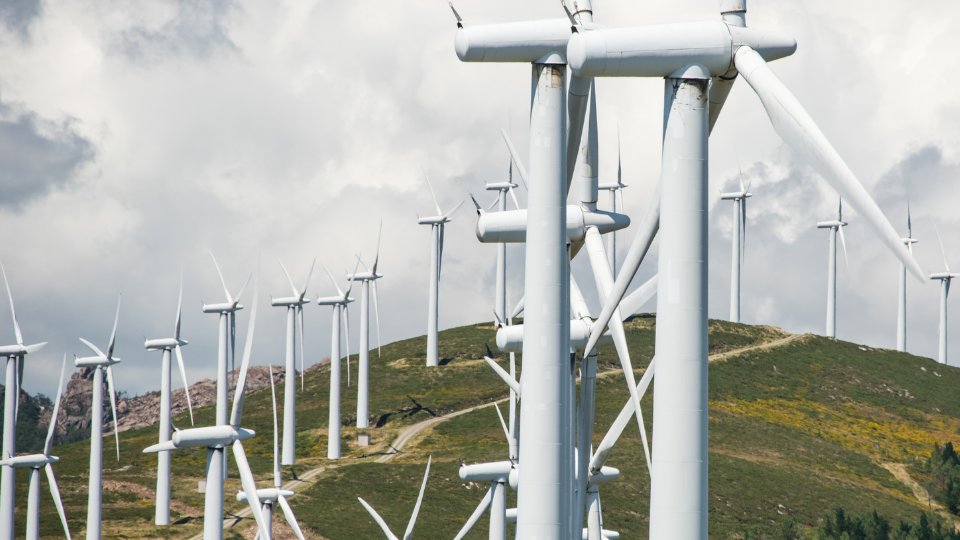
The wind energy industry has seen remarkable technological advancements that have increased the efficiency, reliability, and capacity of wind turbines. Modern turbines are taller, with longer blades and improved aerodynamic designs that allow them to capture more wind and generate more electricity. Innovations in materials and manufacturing have also made turbines more durable and cost-effective.
One of the most exciting developments in wind energy is the growth of offshore wind farms. Offshore wind has the potential to significantly increase the capacity of wind power generation, as winds at sea tend to be stronger and more consistent than on land. Offshore wind farms also benefit from fewer land use conflicts, as they can be located far from densely populated areas.
As technology continues to advance, the potential for wind power to contribute to global electricity supply will only increase. Research into floating wind turbines, which can be deployed in deeper waters, and storage solutions to manage the intermittency of wind power, are paving the way for even more significant contributions from wind energy.
7. A Vital Component of the Clean Energy Transition
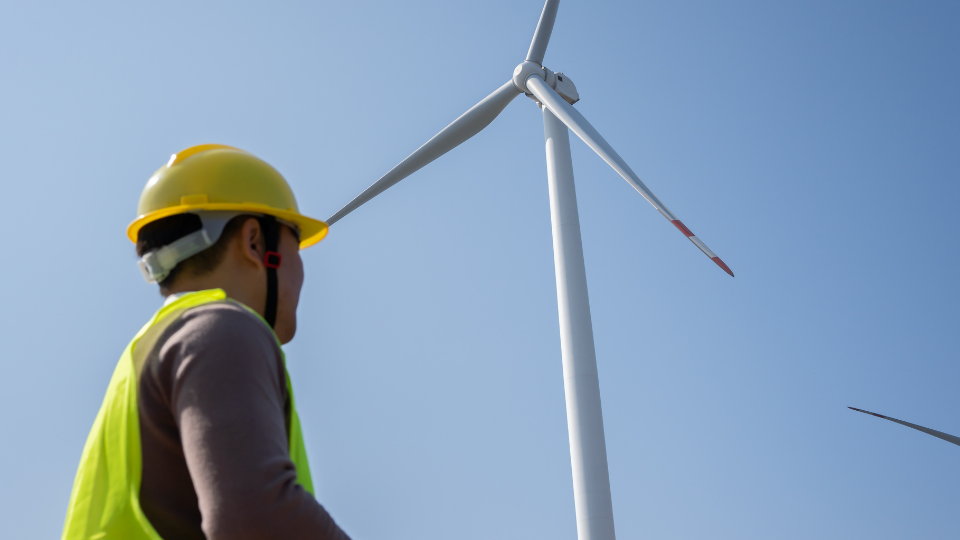
Wind power is a cornerstone of the global transition to a cleaner and more sustainable energy system. Governments around the world are setting ambitious targets to reduce greenhouse gas emissions, and wind energy is playing a central role in achieving these goals.
The Paris Agreement, signed by nearly 200 countries, aims to limit global warming to well below 2°C above pre-industrial levels. To meet this target, the world needs to drastically reduce its reliance on fossil fuels and shift toward renewable energy sources. Wind power, along with solar, hydro, and geothermal energy, is essential to this transition.
In addition to reducing emissions, wind power helps diversify the energy mix, making electricity grids more resilient. By integrating wind energy with other renewables and energy storage technologies, countries can reduce the risk of power shortages and ensure a reliable, sustainable energy supply for future generations.
Conclusion
Wind power is more than just an alternative to fossil fuels—it is a critical solution to the energy challenges facing the world today. Its environmental benefits, economic advantages, and potential for job creation make it a vital component of a sustainable energy future. As technological advancements continue to make wind energy more efficient and cost-effective, its role in the global energy landscape will only grow.
By investing in wind power, we can protect the planet, boost economic growth, and ensure a cleaner, healthier future for generations to come. In a world where energy security and environmental sustainability are increasingly interconnected, wind power offers a powerful, practical path forward.
Note: All images shown are from "Canva Premium".
Interested in harnessing the power of wind energy? If you'd like to learn more, just contact us, and we'll help you get started on your wind energy journey!
Email: inquiry@buildeee.com
Phone: 0992-347-4372
Looking for apartments, condos, and houses? Contact us now!
https://property.buildeee.com/
Interested in applying for a Loan? Visit us via:
Let's get connected!
Facebook: www.facebook.com/buildeee
Instagram: www.instagram.com/buildeee
Youtube: www.youtube.com/@BuildeeeTV
TikTok: www.tiktok.com/buildeee
Twitter: www.twitter.com/@buildeeepro
LinkedIn: www.linkedin.com/buildeee
- #Efficient Window
- #wind power
- #like
- #sub
- #wind
- #winds
- #power efficent
- #wind powers




